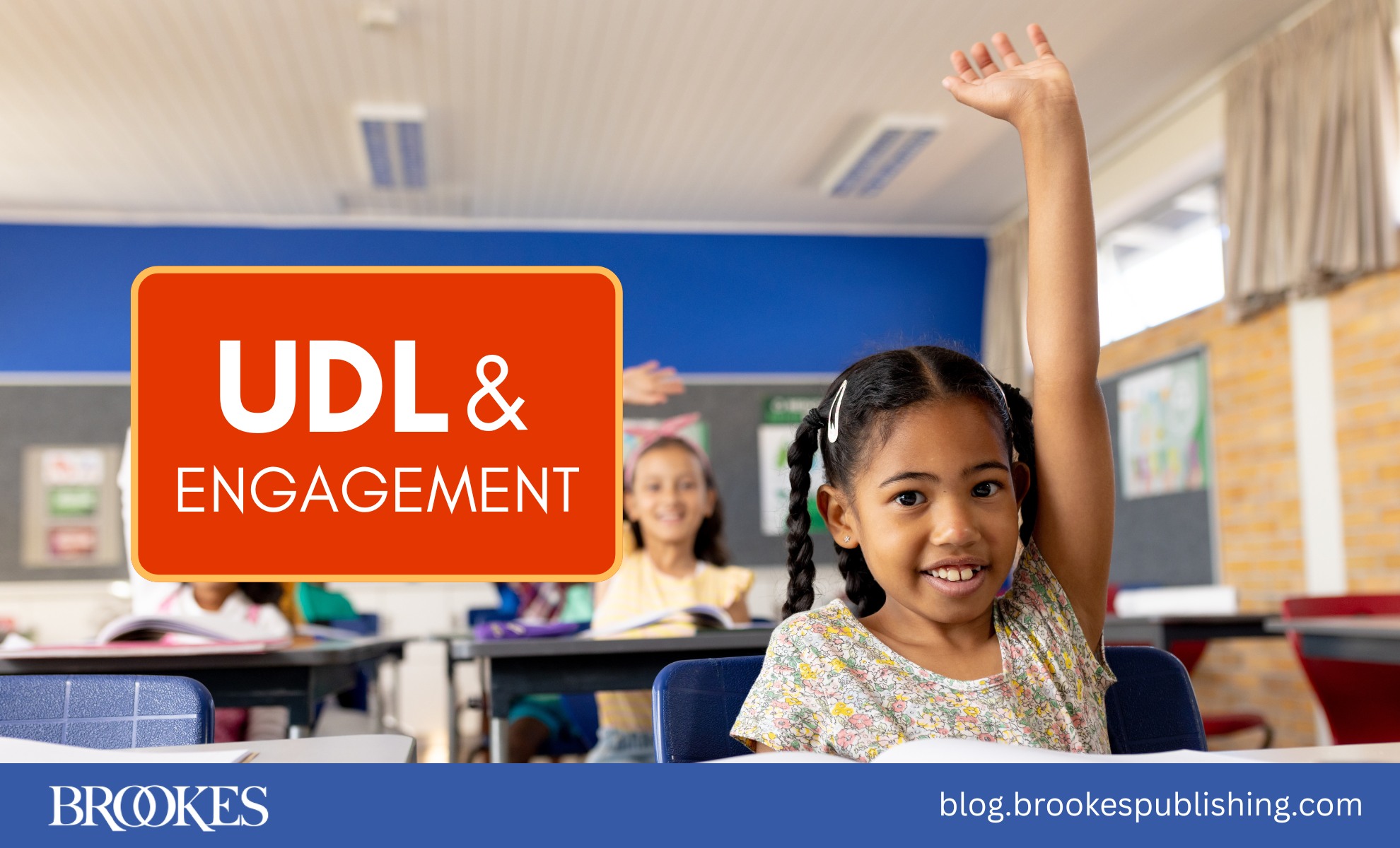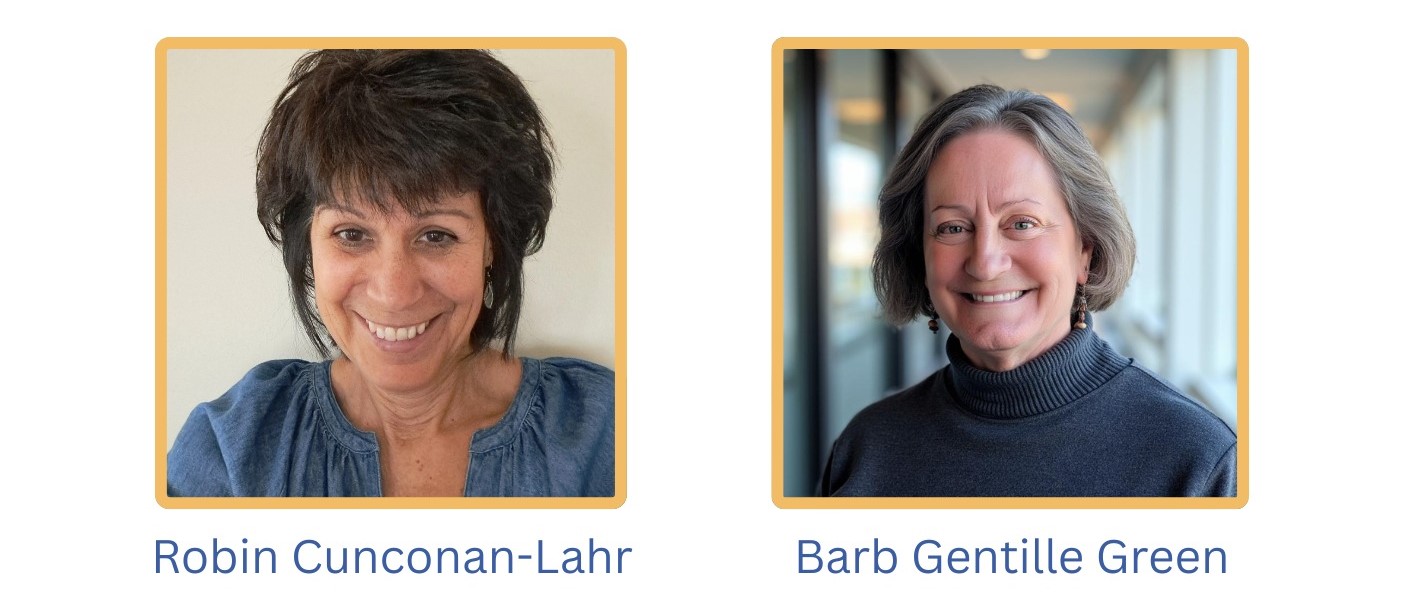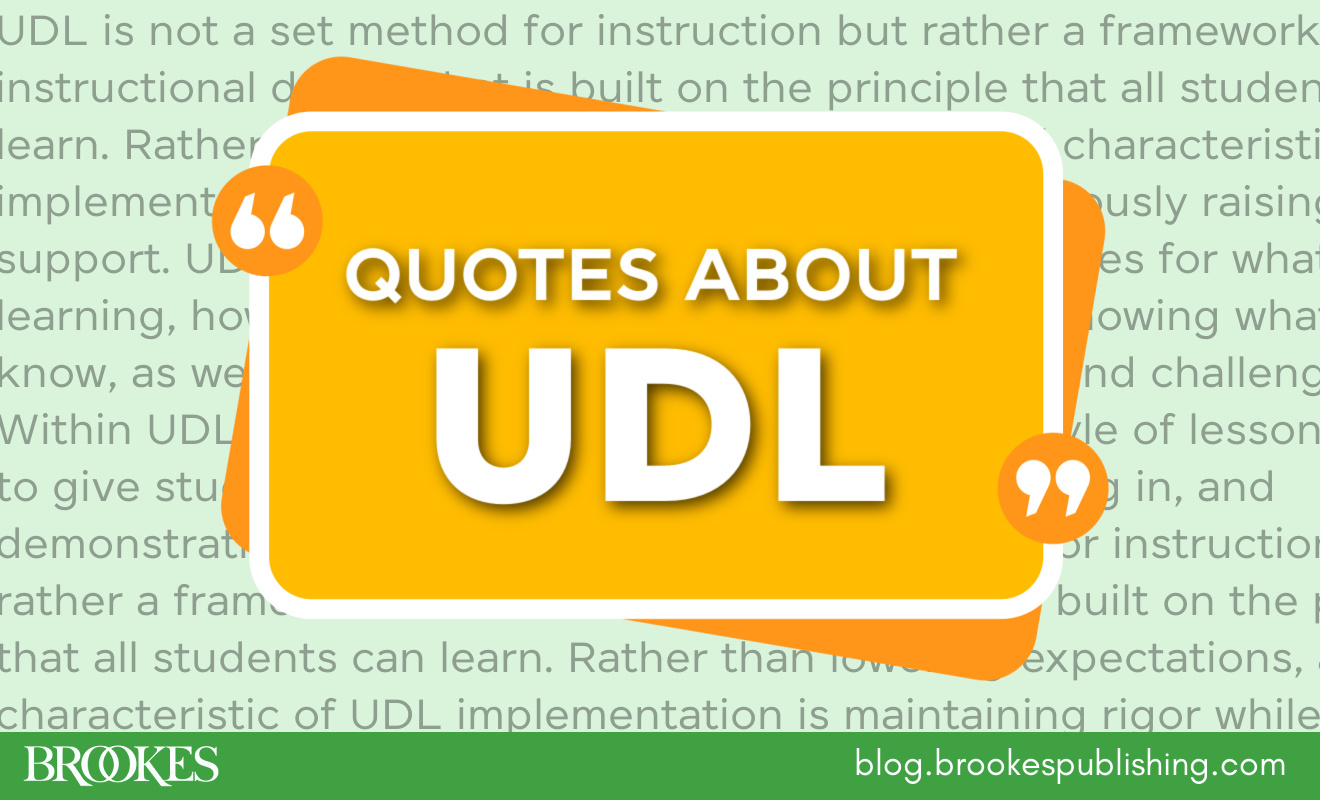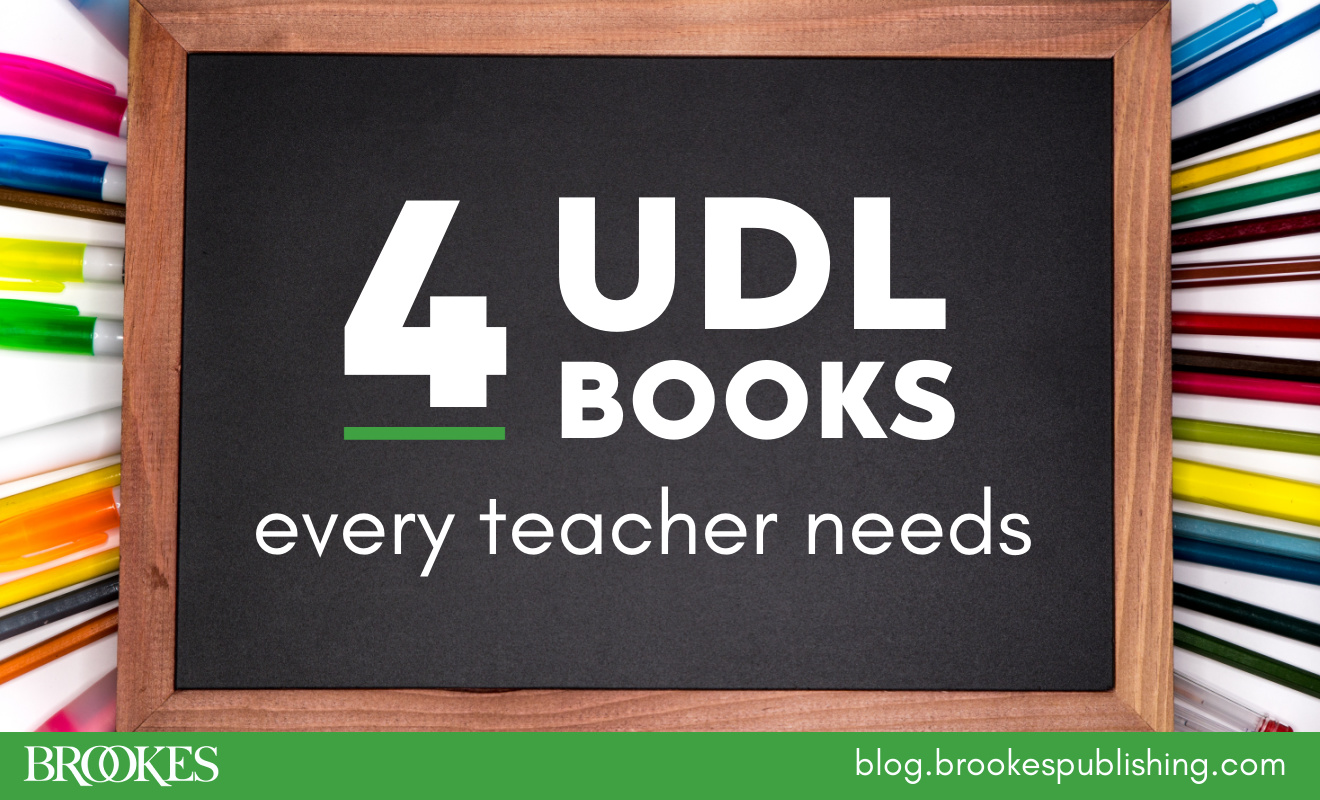The Power of Engagement to Support Learner Agency: Guiding Questions for IEP Teams
October 16, 2025
Today we’re presenting the second of our two-part blog series on the updated UDL guidelines and how they support the important work of IEP teams. Our guest writers are back: Robin Cunconan-Lahr, an attorney and founder of Innovating for Justice LLC, and Barb Gentille Green, owner of Inclusivity by Design, LLC.
Picking up where the first post left off, today’s post explores the UDL principle of engagement and offers guiding questions to IEP teams for leveraging the newest version of the guidelines in pursuit of learner agency.
***
Students benefit from learning that is enjoyable and engaging! The Universal Design for Learning framework tells us that engagement will look different for everyone because “one size does not fit all.” In the refreshed 3.0 version of the UDL Guidelines, the UDL principle of engagement underscores the roles that learner identity, interests, and inclusion play in engaged learning.
What is Learner Agency?
While the term learner agency didn’t exist in 1975 when students with disabilities were first given their right to a free and appropriate public education (FAPE), it beautifully aligns with the fundamental vision of that law. The Individuals with Disabilities Education Act (IDEA) aims to empower students to take an active role in their education and their lives to support equitable and inclusive opportunities as adults.
Supporting learner agency was formally recognized as the goal of UDL in CAST’s revised guidelines, released in July 2024. The updated UDL 3.0 version makes it clear that the ultimate goal is for learners to actively participate in making choices in service of their learning goals.
What Do the Guidelines Say About Learner Agency?
The UDL guidelines frame the goal of learner agency in three ways. This sets the stage for designing learning environments that cultivate students who are:
- Purposeful & Reflective: the GOAL is for learners to act with self-efficacy and self-awareness, make meaningful choices, understand their own motivations, and know what adjustments will support their learning process.
- Resourceful & Authentic: the GOAL is for learners to leverage strengths and resources to deepen their understanding in personally meaningful ways.
- Strategic & Action-Oriented: the GOAL is for learners to set and pursue learning goals through self-directed or collaborative action while intentionally monitoring progress, thus taking an active role in their learning.
The UDL Principle of Engagement
Each of the three UDL principles (engagement, representation, and action & expression) further learner agency through their multiple means of design.
The principle of engagement, the focus of this article, positions affect as essential to the learning process. What sparks motivation and enthusiasm varies among learners and is dependent on the education context. Some prefer spontaneous spaces of learning, while others prefer strict routines. Factors like working with others versus working alone are also important considerations.
The principle of engagement honors this variability. By designing options in learning environments that elevate student voice connected to authentic interests and needs, IEP teams can foster relationships that create enthusiasm for learning!
Guidelines & Considerations
Within the engagement principle, there are three guidelines. Each guideline is accompanied by several considerations (formerly known as “checkpoints”). IEP teams can use these considerations to design options that facilitate engagement in thoughtful and individualized ways and to ensure that instructional practices are effective and inclusive.
Guiding Questions for IEP Teams
Guiding questions are a supportive strategy to foster meaningful discussions. IEP teams may find it useful to develop a set of questions that are aligned with the guidelines to use in IEP preparation.
In this section, we offer a few examples of guiding questions related to the principle of engagement. The first question under each consideration is for educators, the second is for students, and the third is for families. This format demonstrates how each IEP team member adds a valuable and unique perspective to the IEP process.
Principle of Engagement Guideline 1: Design Options for Welcoming Interests and Identities
Consideration: Optimize choice and autonomy
Guiding Questions:
- Educator: How can our learners’ interests be used as we develop IEPs?
- Student: How will the IEP team use my ideas about ways that work best for me when I am learning?
- Family: What choices are offered to my child to ensure their preferences are considered in how they access and engage in their learning?
Consideration: Nurture joy and play
Guiding Questions:
- Educator: How can we design options for instruction and learning experiences that connect in authentic ways to student joy and interests?
- Student: How can I work on my IEP goals in ways that connect to experiences that I enjoy?
- Family: In what inclusive and authentic ways can we celebrate my child’s successes and progress alongside other students without disabilities?
Consideration: Address bias, threats and distractions
Guiding Questions:
- Educator: In what ways can we reflect on our use of language and our educational practices to address implicit bias that may foster a deficit-thinking mindset or lower our expectations?
- Student: How can my voice be heard to share about things that make it difficult for me in my school environment, and how will I know I have a safe space?
- Family: How does the IEP team consider and address potential barriers to my child’s full inclusion and participation at school?
Principle of Engagement Guideline 2: Design Options for Sustaining Effort and Persistence
Consideration: Foster belonging and community
Guiding Questions:
- Educator: In what ways is disability identity represented as part of the natural school environment and curriculum?
- Student: How does my school community appreciate and respect me for who I am as a student and for how I learn?
- Family: How can we ensure that my child experiences a full and valued presence within the school community?
Principle of Engagement Guideline 3: Design Options for Emotional Capacity
Consideration: Promote individual and collective reflection
Guiding Questions:
- Educator: What can we design to teach learners various ways to self-monitor their learning and engage in authentic reflection, including progress on their IEP goals?
- Student: How can my team hear my views about what IEP goals are most important and relevant to me?
- Family: How does my child get an opportunity to receive their IEP services through both individualized and collaborative activities, alongside their peers?
There are many ways that the UDL framework can act as a catalyst in the IEP process to further learner agency. The principle of engagement, in particular, can support the empowerment of student voice in both the design of the IEP and in the delivery of instruction.
Students need space for nurturing their authentic selves in learning environments that make connections to what is most relevant and meaningful in their lives. For students with disabilities, the IEP plays a critical role in facilitating this.
When students recognize that their IEP team values them as unique learners and honors their voice, space is created for them to explore joy in learning—and get excited to be engaged learners!
Did you miss Part 1 of this blog series? Catch up now with The “New” UDL Guidelines: Insights & Strategies for IEP Teams
About the Guest Posters

Robin Cunconan-Lahr is an attorney and founder of Innovating for Justice LLC, and Barb Gentille Green is owner of Inclusivity by Design, LLC. If you have questions for them, you can reach out to Robin at this email and Barb at this email.




Write a Comment
Your email address will not be published. Required fields are marked *
Post a Comment